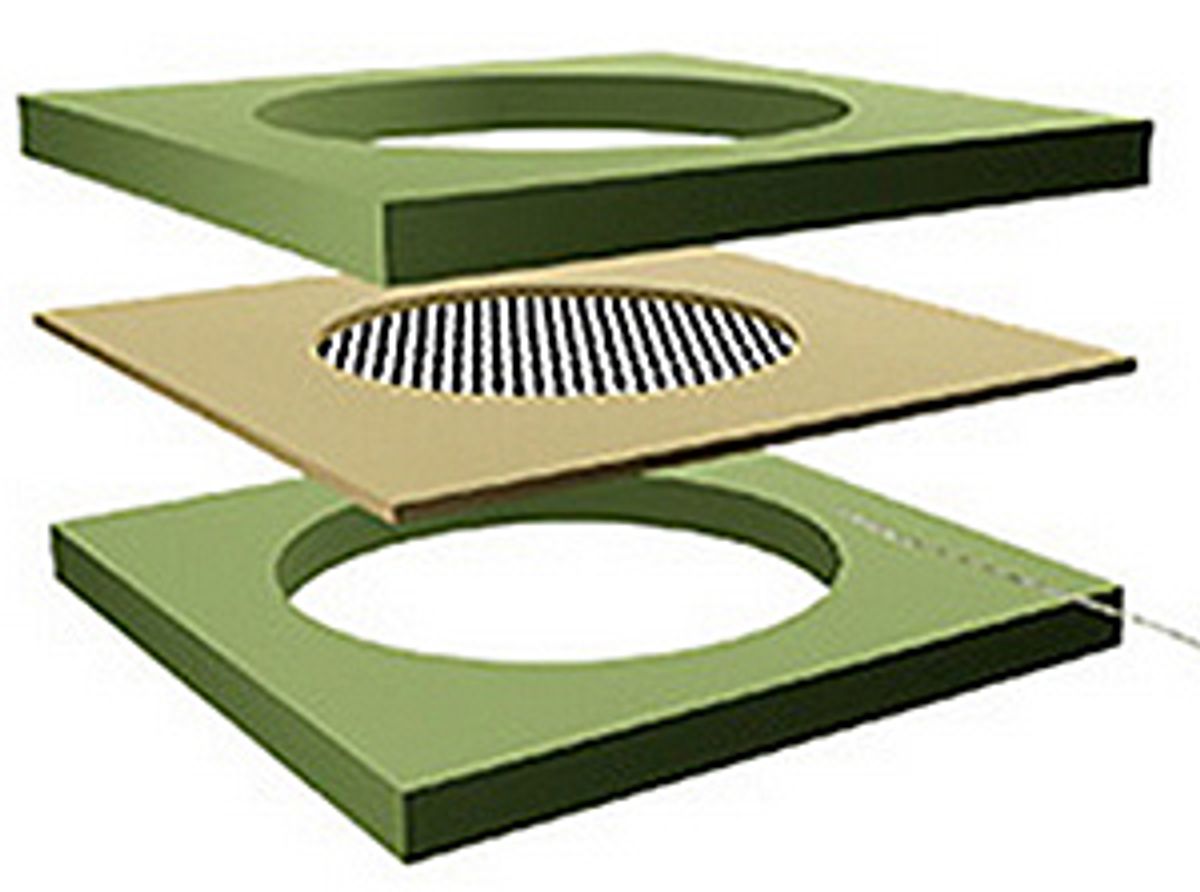As a species, humans have evolved to have certain strengths and weaknesses. While we don’t have the sonar-like range finding capabilities of bats or dolphins, we do have the brains to engineer a device that can give that capability to us.
Researchers at the University of California, Berkeley have done exactly that in their development of tiny ultrasonic microphones made from graphene.
“Sea mammals and bats use high-frequency sound for echolocation and communication, but humans just haven’t fully exploited that before, in my opinion, because the technology has not been there,” said UC Berkeley physicist Alex Zettl, in a press release. “Until now, we have not had good wideband ultrasound transmitters or receivers. These new devices are a technology opportunity.”
The research, which was published in the journal Proceedings of the National Academy of Sciences, uses graphene in the place of paper or plastic in the diaphragm of a microphone. In combination with the graphene-based microphone, the Berkeley researchers created an ultrasonic radio that can be used for wireless communication
At only one atom in thickness, graphene possesses the key properties of strength, stiffness, and light weight; so it is extremely sensitive to a wide-range of frequencies. In this case, the microphone can pick up frequencies from across the human hearing range—from subsonic (below 20 hertz) to ultrasonic (above 20 kilohertz)—and as high as 500 kHz. (A bat hears in the 9 kHz to 200 kHz range.)
To prove the effectiveness of their graphene-based microphone, Zettl and colleagues used it to successfully record the sounds of bats (you can hear those recordings here).
Aside from communicating with bats, the device has demonstrated ideal flat-band frequency response—meaning that it accurately reproduces incoming sound without attenuating or delaying any particular band. The researchers claim that such flat frequency response should have significant implications for acoustics.
What makes it all very attractive is that it’s quite simple to produce the devices. “There’s a lot of talk about using graphene in electronics and small nanoscale devices, but they’re all a ways away,” said Zettl in the press release. “The microphone and loudspeaker are some of the closest devices to commercial viability, because we’ve worked out how to make the graphene and mount it, and it’s easy to scale up.”
Dexter Johnson is a contributing editor at IEEE Spectrum, with a focus on nanotechnology.



